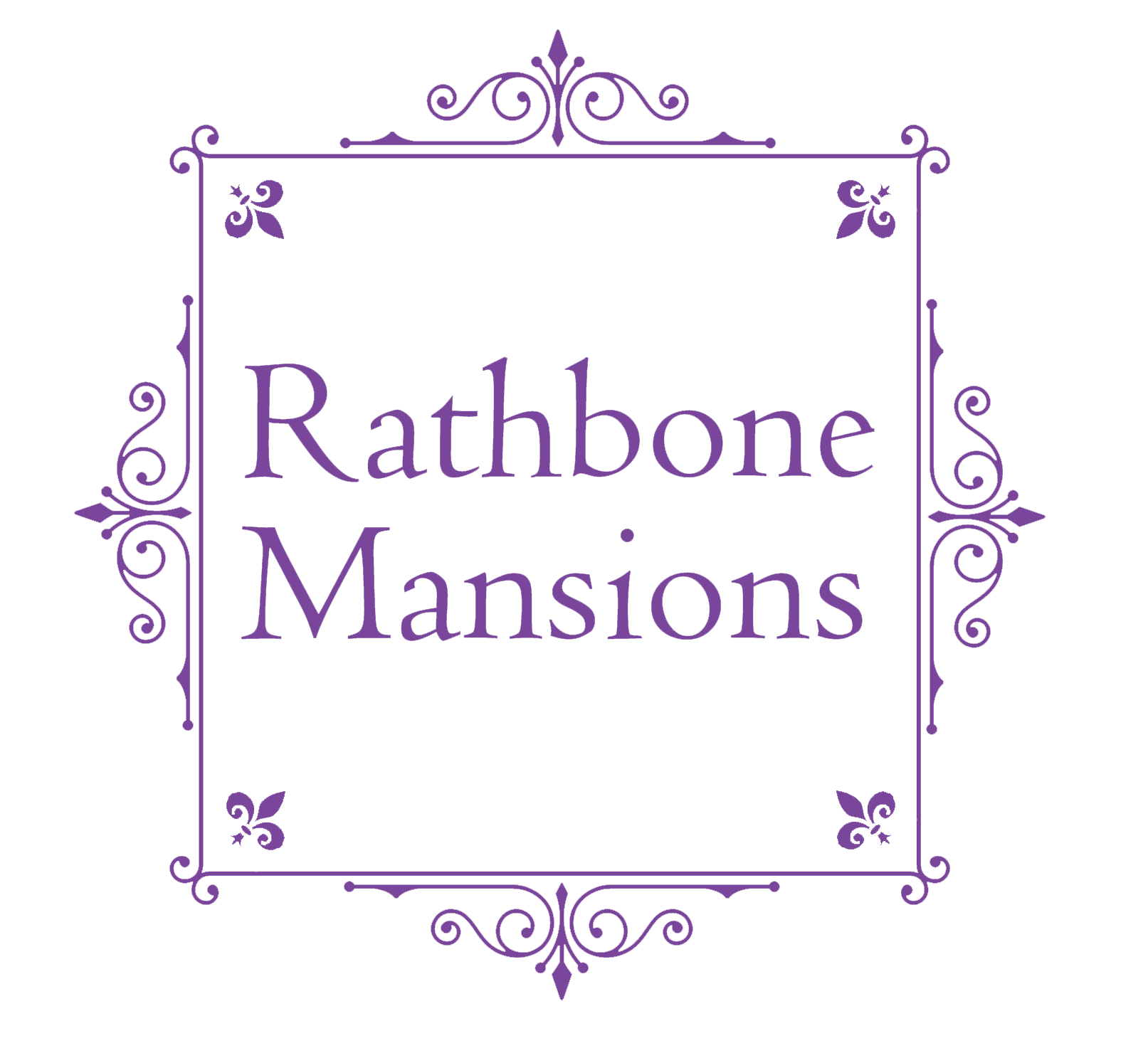NOLA Architecture: A Feast for the Eyes
I remember my first reaction when I saw the eclectic assortment of buildings and houses in New Orleans: I was absolutely stunned. At the time, I had never even heard of the description “shotgun houses.” And the balconies! Wow, each one was all fancied up with great-looking hanging plants! What a feast for the eyes!
AN OVERVIEW OF THE CITY
There are 158 sites in Orleans Parish listed on the National Register of Historic Places. (There are 64 parishes in Louisiana. A parish is the equivalent of a county in other American states.) I picked up info about the architecture in New Orleans from Lonely Planet because they’ve pulled it all together.
Overall, there is more to the architecture in New Orleans than the French Quarter and the Garden District. Plus, one must remember that, for all of the city’s preservation credentials, the fact remains that fire, rot, hurricanes and redevelopment have all taken their toll on the city’s historical building stock. Roughly only 25 buildings have survived intact from the French and Spanish takeovers.
A SPECTACULAR FRENCH COLONIAL (1718-1761)
Home of James Pitot, who was first mayor of incorporated City of New Orleans
The Pitot House on Bayou St. John is a French Colonial structure that sports a huge second-floor wraparound balcony that served as a living space in the summer. Furniture would be moved outdoors (even beds) to cope with the sweltering heat.
A TIGHT FIT FOR SPANISH COLONIAL (1762-1803)
During the Spanish period adjacent buildings were designed with NO SPACES between – this created the continuous façade of the French Quarter. The home of this period was the two-story townhouse with commercial space on the ground floor. There was usually an open area behind the house that converted into a private courtyard. Arches, tiled roofs, and balconies with ornate wrought-iron railings were in fashion.
BALCONIES IN THE FRENCH QUARTER
A classic example of Creole architecture
Creole townhouses make up most of the residential and commercial stock in the French Quarter where their most distinctive element is “the wrought-iron balcony.” In fact, residents spent so much time on their balconies that dividers had to be built between those that adjoined. In some spots one may see “Romeo Spikes” – wickedly sharp points meant to prevent potential suitors from shimmying up a balcony pole to a waiting lady love.
THE SINGLE FAMILY SHOTGUN
In the latter half of the 19th century shotgun houses became very popular. (So called because a bullet could be fired from front to back through the open doorways.) There is no hall. One passes through each room to walk through the house.
GREEK REVIVAL: A SIGN OF WEALTH
No style symbolizes the wealth of the mid-19th century than this one – with its tall columns inspired by the Parthenon. Now found along St. Charles Avenue and in the Garden District.
TWO-STORY HOUSES: FOR SPACE
A center hall house on Esplanade Avenue
Double gallery houses were built between 1820 and 1850 on Esplanade Ridge and the Garden District. They were set back from the property line and featured a two-story gallery or porch, framed and supported by columns.
Shaun Nelson-Henrick





